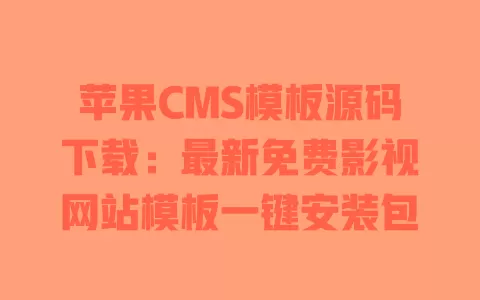本文深度解析基于SpringBoot的Java商城前后端分离架构设计,提供可落地的源码实现方案与性能优化技巧。涵盖RESTful API设计、Vue.js整合、JWT鉴权等核心技术,帮助开发者快速构建高扩展性电商系统。
一、SpringBoot商城前后端分离架构优势
采用SpringBoot+Vue.js的前后端分离模式相比传统单体架构具有显著优势:
- 开发效率提升:前后端团队可并行开发,通过API契约先行降低协作成本
- 性能优化空间:静态资源通过CDN分发,后端专注业务逻辑处理
- 技术栈灵活性:前端可自由选择Vue/React/Angular等框架
- 持续交付能力:独立部署特性支持敏捷迭代
二、核心模块源码实现
1. SpringBoot后端工程结构
src/
├── main/
│ ├── java/
│ │ └── com/
│ │ └── example/
│ │ ├── config/ 安全/JPA等配置
│ │ ├── controller/ RESTful API
│ │ ├── dto/ 数据传输对象
│ │ ├── entity/ JPA实体类
│ │ ├── repository/ 数据访问层
│ │ └── service/ 业务逻辑层
│ └── resources/
│ ├── application.yml 多环境配置
│ └── db/ 数据库脚本
2. 商品模块API设计示例
采用RESTful风格实现商品CRUD操作:
@RestController
@RequestMapping("/api/products")
public class ProductController {
@Autowired
private ProductService productService;
@GetMapping
public ResponseEntity<Page<ProductDTO>> getProducts(
@RequestParam(defaultValue = "0") int page,
@RequestParam(defaultValue = "10") int size) {
return ResponseEntity.ok(productService.getProducts(page, size));
}
@PostMapping
@PreAuthorize("hasRole('ADMIN')")
public ResponseEntity<ProductDTO> createProduct(@Valid @RequestBody ProductCreateDTO dto) {
return new ResponseEntity<>(productService.createProduct(dto), HttpStatus.CREATED);
}
}三、前后端协同开发关键点
1. 跨域解决方案
SpringBoot配置CORS支持:
@Configuration
public class CorsConfig implements WebMvcConfigurer {
@Override
public void addCorsMappings(CorsRegistry registry) {
registry.addMapping("/api/")
.allowedOrigins("http://localhost:8080")
.allowedMethods("")
.allowCredentials(true)
.maxAge(3600);
}
}2. JWT鉴权集成
使用Spring Security实现无状态认证:
- 登录接口返回access_token和refresh_token
- 前端axios拦截器自动携带token
- 后端通过JwtFilter验证令牌有效性
四、性能优化实践
- Redis缓存:商品分类等热点数据二级缓存
- Nginx动静分离:前端打包文件独立部署
- MyBatis二级缓存:配置Cache-hit统计监控
- HikariCP连接池:合理设置maxPoolSize参数
五、项目部署方案
| 环境 | 后端部署 | 前端部署 |
|---|---|---|
| 开发环境 |







